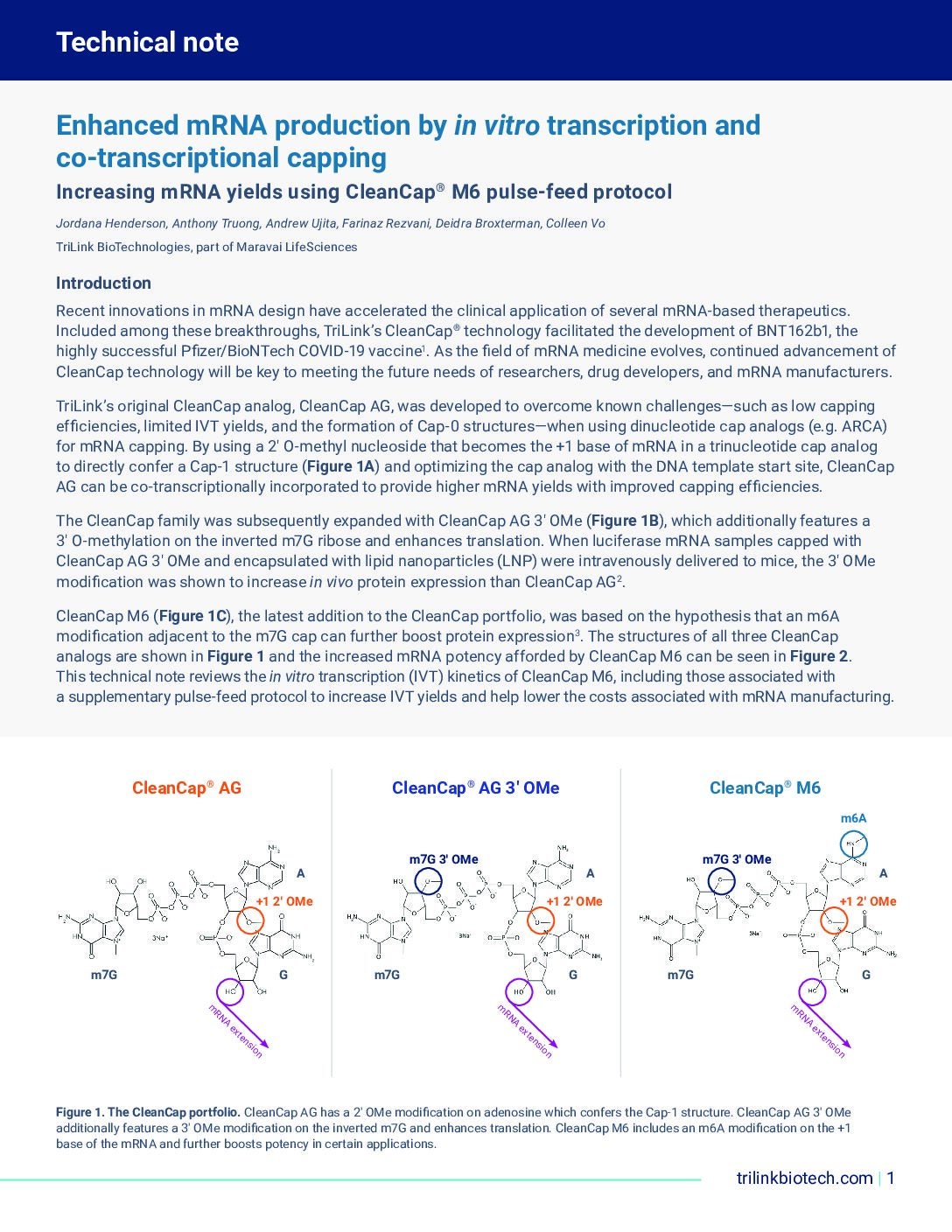

As interest mounts in using RNA as a therapeutic target, a group at the Institute of Chemistry in Nice is overcoming the need for lengthy, expensive screening of candidate compounds with a rational design approach.
Dr. Maria Duca, head of the Targeting of Nucleic Acids team, outlined her team’s novel approach to RNA-targeting drug discovery, in a presentation today (3 October) at the ELRIG Drug Discovery 2024 conference in London, UK.
Duca pointed out, “If we look at currently marketed drugs, these mainly target proteins, but these proteins represent a very small percentage of what the human genome encodes. If we take into account non-coding RNAs as potential targets for drugs, we could really widen the landscape of current medicinal chemistry.”
However, according to Duca, “The problem is that you don’t have many rational design methodologies in order to design your compound specific for a particular RNA target. So, everything is mostly based on screenings.”
Instead of mass screenings, Duca and her team assemble and test novel molecular conjugates to be target-specific and therapeutically effective. Duca said some of the more promising candidates created using this approach have potential in oncological and infectious disease indications.
Duca outlined the discovery process behind her team’s conjugate against microRNA-327 (miRNA-327), an oncogenic RNA implicated in gastric cancer. The team conjugated the aminoglycoside neomycin with different artificial nuclear bases. The conjugates produced were screened in vitro for their selectivity and inhibitive activity towards miRNA-327.
Promising candidates from these screens could then be studied in vivo. In gastrinoma cancer cells, which are characterised by miRNA-327 overexpression, the team found the chosen candidates inhibited cell proliferation in a dose-dependent manner. Imaging the conjugate-RNA interactions allowed them to further refine these neomycin conjugates for their miRNA-327 affinity and inhibition.
Through this same process of design, in vitro screening, in vivo testing, and further structural refinement of conjugates, Duca and her team have produced therapeutic candidates targeting other RNAs.
For example, they built another library of candidates targeted against miRNA-21 which is overexpressed in glioblastoma, a type of brain cancer. Applying the same rational design process, researchers produced candidates that inhibited glioblastoma cell proliferation, in a way that was comparable with the efficacy of temozolomide, one of the few palliative treatments for glioblastoma, marketed as Kimozo/Kizfizo by Orphelia Pharma.

mRNA vaccine coverage on Pharmaceutical Technology (or Clinical Trials Arena) is supported by Trilink. Editorial content is independently produced and follows the highest standards of journalistic integrity. Topic sponsors are not involved in the creation of editorial content.




